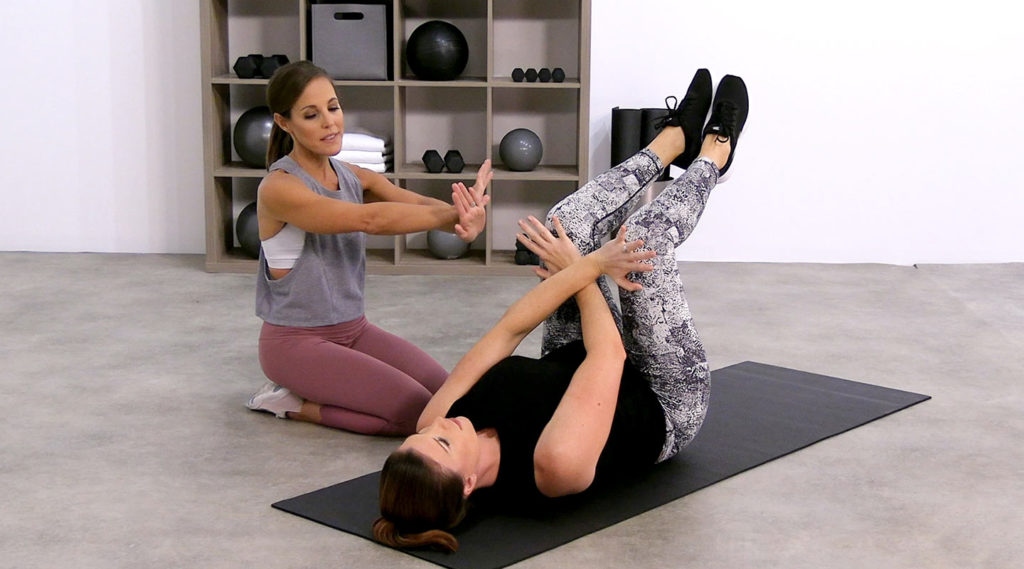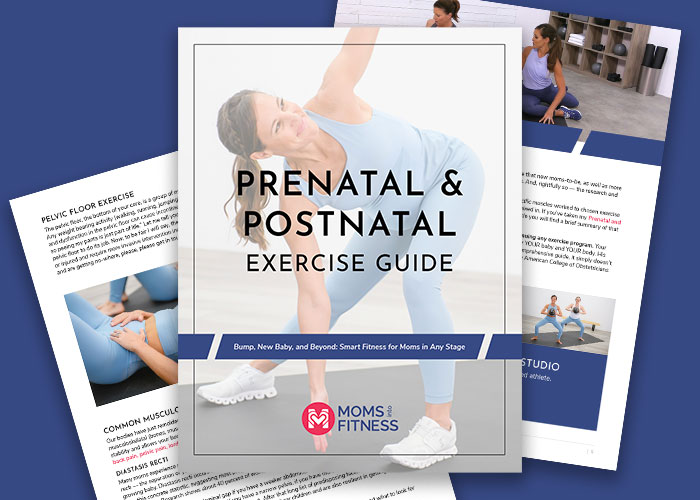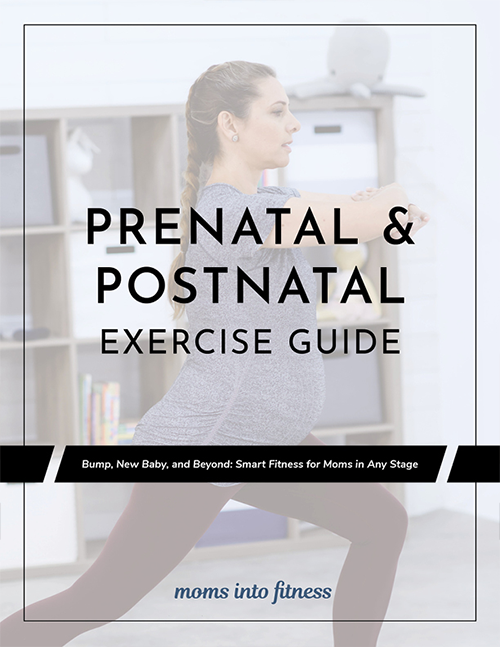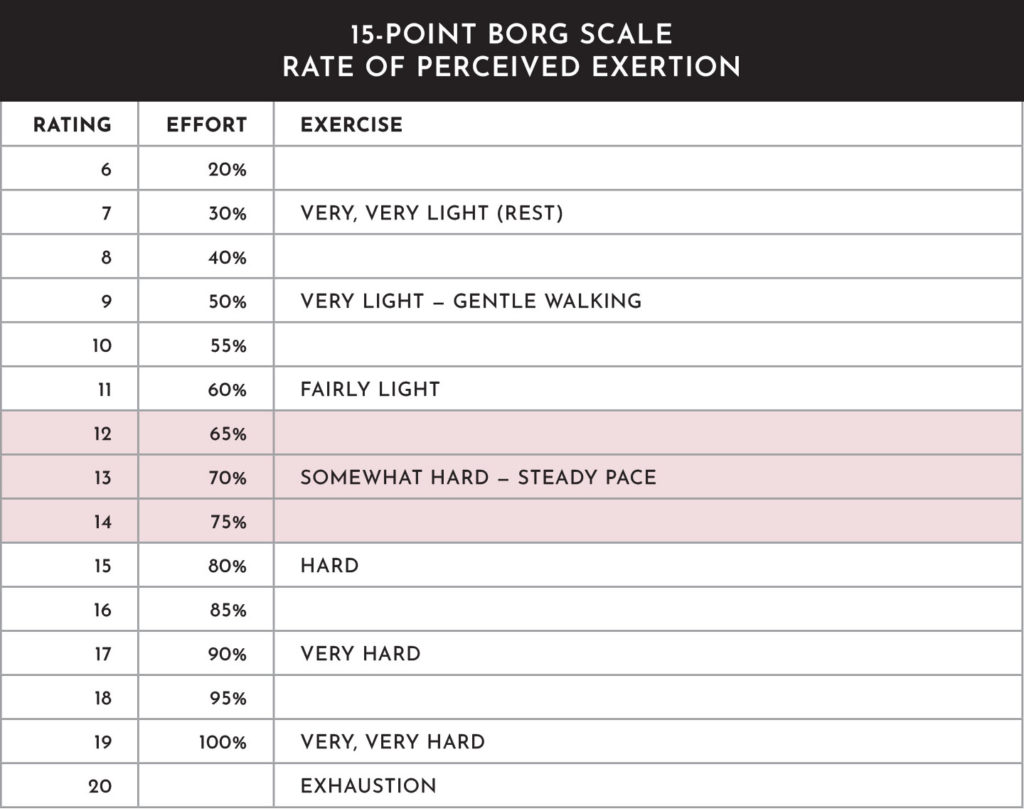
You’re pregnant, you’re used to working out, you’re nervous about combining the two. I completely understand your hesitation and I am here to tell you there is a safe and effective way to be both pregnant and remain fit.
Your body is smart — it bears a child — it adapts the second you are pregnant. As it grows a tiny human being, it adjusts your blood pressure, expands your rib cage, and increases your blood volume, among many other amazing things … all without you telling it to do so. So, listen to your body! It will tell you what’s too much and when you should take it easy. But, keep in mind, adaptations are unique for every pregnant woman and not every woman will respond to exercise during pregnancy in the same way.
You need to stop exercising and seek medical attention if any of the following occur: vaginal bleeding, regular painful contractions, amniotic fluid leakage, difficulty breathing before starting exercise, dizziness, headache, chest pain, muscle weakness and calf pain or swelling.
Smart fitness for moms in any stage: bump, new baby, and beyond.


Before we get into the pregnancy do’s and don’ts, I want you to understand that all of this information comes from key sources like ACOG CO 804 (American Congress of Obstetricians and Gynecologists) and ACSM (American College of Sports Medicine).
ACOG and ACSM provide this general guideline for exercise during pregnancy: in uncomplicated pregnancies, women with or without a previously sedentary lifestyle should be encouraged to participate in aerobic and strength-conditioning exercises as part of a healthy lifestyle. Remember, exercise can improve mood during pregnancy and help maintain and even increase strength and fitness levels. Download our Prenatal and Postnatal Guide for comprehensive prenatal and postnatal fitness guidance and an exercise routine!

Sources:
[1] https://jamanetwork.com/journals/jama/article-abstract/2612623, accessed 2020.
[2] ACOG Committee Opinion 804 reaffirmed 2023. https://www.acog.org/clinical/clinical-guidance/committee-opinion/articles/2020/04/physical-activity-and-exercise-during-pregnancy-and-the-postpartum-period
[3] ACSM Pregnancy Physical Activity. https://www.acsm.org/docs/default-source/files-for-resource-library/pregnancy-physical-activity.pdf